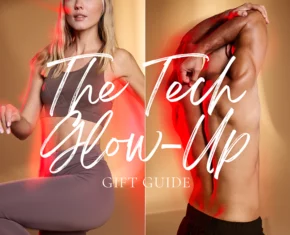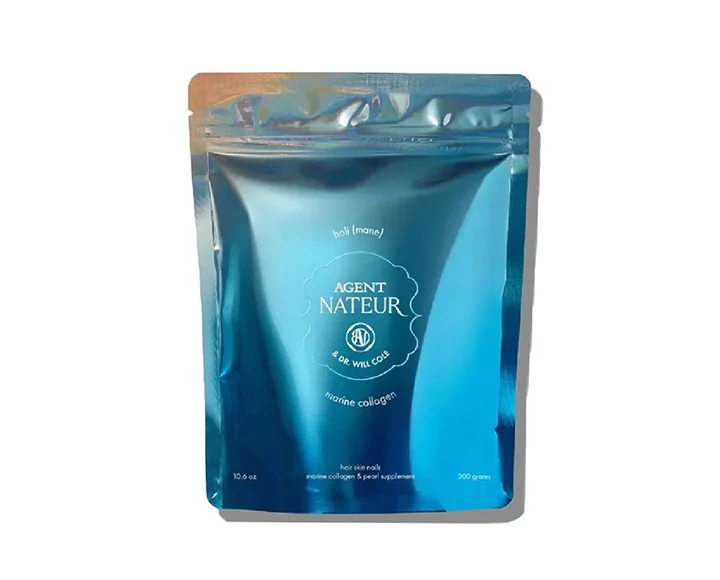The Claim: No pain, no gain. If you’re not sore, it’s not working. If it doesn’t hurt, you’re slacking off.
The Fiction: While one of the oldest, most archaic fit myths in the industry, we cringe at the fact that this sucker is still around. Yet given the tactics of so many celebrity trainers and fitness pros today, it’s not too hard to understand why: when it comes to fitness in the media, whether on the small screen or on your Instagram feed, it seems like someone is always brandishing their hard-core, aggressive fitness sword to go into battle. Extreme workouts are worn with a badge of honor, and “pushing though” is often touted as the better option when compared to giving your body a chance to recoup and recalibrate. With this kind of mentality, willpower and progress are synonymous with persevering through pain – and soreness is a sign that you’re doing something right. Or is it?
The Facts: DOMS, delayed onset muscle soreness, is the fancy acronym for that feeling you get 6-8 hours after your workout, which peaks 24 to 48 hours after your workout. DOMS are due to inflammation in your muscles caused by mini, microscopic tears in the fibers when you’re working out – good tears; the kind that can assist in the regeneration of healthy tissue for muscle strengthening and building. DOMS can occur after virtually any exercise, but as your body gets more adept at a certain activity, your muscles learn along with you. Soreness will therefore, understandably, decrease. Take note: this in no way means you’re not working hard enough! Just like learning a new hobby or language, think of DOMS as those bumps in the road as you build your expertise. Even the most basic of exercises can lead to DOMS – simply because you’re not used to performing them (case in point, the ten side-lunges one of our editors decided to throw into her workout last weekend. No comment). Just because you’re sore doesn’t mean your workout was brutal – and just because you’re not doesn’t mean your progress has stalled.
What’s more? Pushing through major soreness – or pain during a workout – can be completely counterproductive. Workouts sometimes feel uncomfortable, but if you ever feel sharp pain, stop: it means you’re doing something incorrectly or something that’s not right for your body, and should ask a trainer or instructor for a modification. As for DOMS? Soreness decreases your ability to give your workout your typical gusto, which means that if you try to push through with your usual intensity, you’ll not only be slowing down the recovery process and your performance in subsequent workouts – you’ll be making yourself prone to some seriously debilitating injury. Talk about a motivation kill!
The Verdict: Muscle soreness does not translate into progress. If you’ve got goals for your bod and are looking to measure success and progress on a purely technical level, invest in a body composition monitor that can actually give you a reading of muscle mass, body fat percentage, body water, and more (TCM tip for another day: weight and BMI do not give an accurate measure of progress or health). We love the Tanita BC-558 Ironman Segmental Body Composition Monitor for an accurate, comprehensive read.
Numbers aren’t everything, though! They way we like measure progress? Feeling and observation. Try to beat your own records, realize when your usual bicep curl dumbbell is feeling lighter than usual, take note when your recovery time in between sets starts to be able to be shorter. Most of all, notice how your exercise routine is affecting your life outside of the gym. If you have more energy, higher self confidence, are getting sick less, feeling better in your bod – that’s what we call a success.













